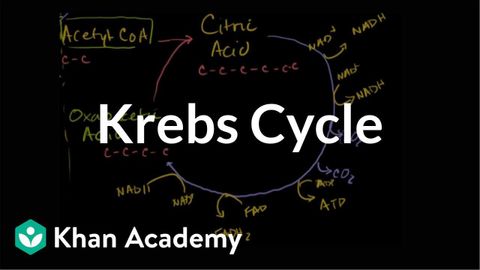
Subtitles & vocabulary
Krebs / Citric Acid Cycle
00
Cheng-Hong Liu posted on 2015/04/26Save
Video vocabulary
produce
US /prəˈdus, -ˈdjus, pro-/
・
UK /prə'dju:s/
- Uncountable Noun
- Fresh foods such as fruits and vegetables
- Transitive Verb
- To grow something naturally
- To make something appear
A1
More chain
US /tʃen/
・
UK /tʃeɪn/
- Transitive Verb
- To feel to be bound or tied to
- To connect or tie with a rope made of metal links
- Noun (Countable/Uncountable)
- Series of events or things that are connected
- Series of (metal) connected links or rings
A2
More Use Energy
Unlock All Vocabulary
Unlock pronunciation, explanations, and filters
